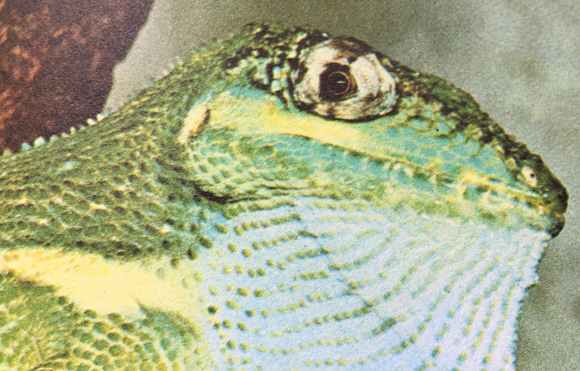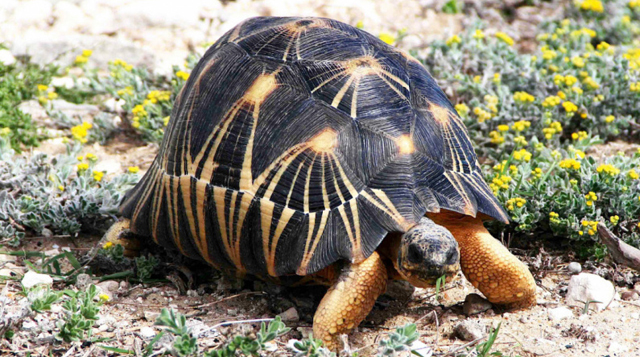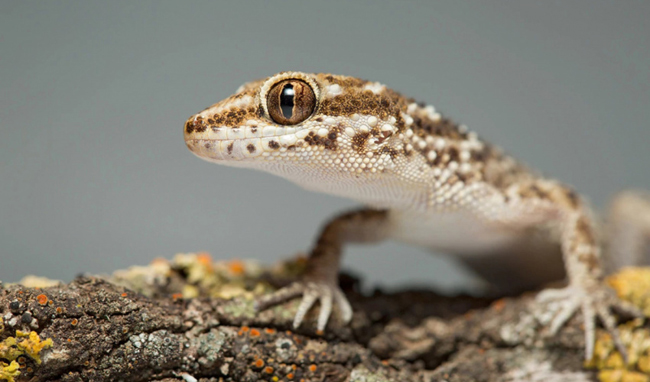One in five species of reptile is threatened with extinction. A team of international scientists including researchers from the Zoological Society of London, the University of Witwatersrand (Johannesburg, South Africa), Monash University (Victoria, Australia) and the Biodiversity Assessment Unit, IUCN-Conservation International based in Washington DC (USA), have conducted a comprehensive extinction-risk assessment of the class Reptilia. Writing in the academic journal “Natural” the team conclude that at least 1,829 out of 10,196 species of reptile (21.1%) are threatened. Twenty percent of extant reptiles threatened with extinction is astonishing.

An anterior view of the skull of an estuarine crocodile photographed in the Grant Museum, London. The largest reptile on Earth, the estuarine crocodile (Crocodylus porosus) from south-east Asia is also known as the saltwater crocodile or saltie. Picture credit: Everything Dinosaur.
Picture credit: Everything Dinosaur
According to the study turtles and crocodilians are particularly vulnerable to extinction.
Agriculture, Logging, Urban Development and Invasive Species
A global assessment of the risk of extinction to species of reptile has been lacking, although similar studies have been undertaken for the other tetrapods such as amphibians, mammals and birds. The researchers conclude that reptiles are threatened by the same major factors that threaten other tetrapods— agriculture, logging, urban development and invasive species, although the threat posed by climate change remains uncertain. Many species of reptile live in extremely arid or desert regions, this comprehensive study reveals that it is those reptiles that live in forests that face the greatest threat.

An Anolis lizard, note the long snout, large eyes and the jaw that extends under the orbit. Reptiles that live in forested areas are the most threatened according to a comprehensive study published in the journal Nature.
Reptiles Threatened with Extinction
The scientists discovered that birds, mammals and amphibians are unexpectedly good surrogates for the conservation of reptiles. The study revealed that efforts to conserve other threatened tetrapods (mammals, birds and amphibians) are more likely than expected to co-benefit many threatened species of reptile. Although reptiles are well known to inhabit arid habitats such as deserts and scrubland, most reptile species occur in forested habitats, where they and other vertebrate groups, suffer from threats such as logging and conversion of forest to agriculture. The study found that 30% of forest-dwelling reptiles are at risk of extinction, compared with 14% of reptiles in arid habitats.

The Radiated tortoise (Astrochelys radiata), native to Madagascar is critically endangered due to habitat loss and poaching. Picture credit: IUCN/Anders G. J. Rhodin.
Picture credit: IUCN/Anders G. J. Rhodin
An Urgent Multifaceted Plan is Needed
Neil Cox, co-leader of the study and Manager of the IUCN-Conservation International Biodiversity Assessment Unit in Washington DC stated:
“The results of the Global Reptile Assessment signal the need to ramp up global efforts to conserve them. Because reptiles are so diverse, they face a wide range of threats across a variety of habitats. A multifaceted action plan is necessary to protect these species, with all the evolutionary history they represent.”

The South American marked gecko (Homonota horrida) is found in Paraguay and Argentina. Reptile species face a significant extinction threat. Picture credit: IUCN/ Ignacio Roberto Hernández.
Picture credit: IUCN/ Ignacio Roberto Hernández
The report states that although some reptiles including most species of crocodiles and turtles require urgent, targeted action to prevent extinctions, efforts to protect other tetrapods, such as habitat preservation and control of trade and invasive species, will probably also benefit many reptiles. The conclusion from the study are stark. Twenty percent of all extant reptiles threatened with extinction is alarming. Conservations are demanding urgent action.
Everything Dinosaur acknowledges the assistance of a media release from the International Union for Conservation of Nature (IUCN) in the compilation of this article.
The scientific paper: “A global reptile assessment highlights shared conservation needs of tetrapods” by Neil Cox, Bruce E. Young, Philip Bowles, Miguel Fernandez, Julie Marin et al published in Nature.
The award-winning Everything Dinosaur website: Dinosaur Models and Toys.






Leave A Comment